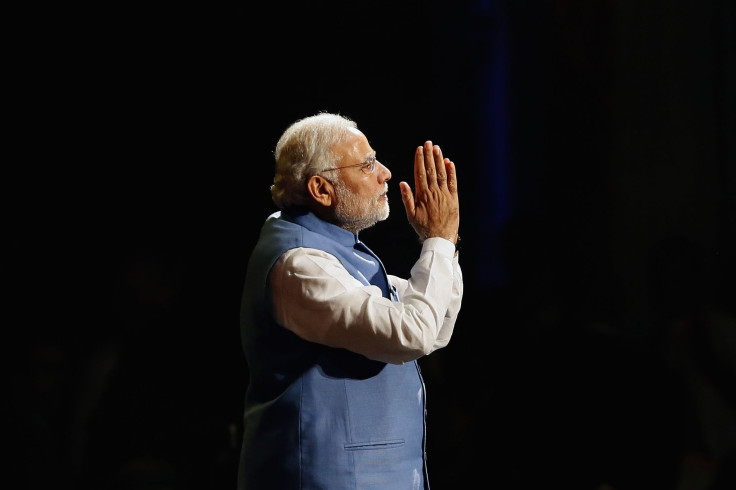India Woos Wealthy Expats, But Will They Invest In The Country Of Their Origin?

It was in 2002 that India began actively courting its over 20 million strong diaspora, when, for the first time it organized the Pravasi Bharatiya Diwas (Non-resident Indian Day). Since then, every January, the country marks the event to coincide with the return of its preeminent freedom fighter Mohandas ‘Mahatma’ Gandhi to India from South Africa on Jan. 9, 1915.
It was after his return that Gandhi began his political movement in the country, which is largely credited with winning India independence from British rule in August 1947. This year’s event marks the hundredth anniversary of Gandhi’s return, and is being held in his home state of Gujarat, which is also where India’s current Prime Minister Narendra Modi is from.
"The world is seeing India with immense hope and optimism. The rich and the poor nations are looking at India," Modi told the 4,000-odd delegates at this year’s event on Thursday. "The whole world admires the Indian community not due to the money but the values they are living with," he said.
The Indian diaspora typically comprises of two main categories -- Non-Resident Indians (NRIs) who are Indian citizens living abroad, and Persons of Indian Origin (PIOs) who are foreign nationals with Indian ancestry. While most NRIs live in North America, Europe, the Persian Gulf, Australia and the Far East, PIOs live mainly in former British, Dutch and French colonies, including South Africa, Kenya, Nigeria, Malaysia, Singapore and islands in the Caribbean and the South Pacific. Many among them include heads of governments, lawmakers, wealthy businessmen, scientists, doctors, artists, writers and sportspersons.
Although the annual event ostensibly seeks to “connect India to its vast overseas diaspora and bring their knowledge, expertise and skills on a common platform,” one look at the remittances NRIs send back home explains why India wants to court them. During 2013-14, remittances from Indians living abroad added up to $70 billion, making India the largest receiver of remittances globally. These inflows are the single biggest source of foreign exchange for India.
“Today, opportunities beckon you in India,” Modi said, at the event. Although Modi would like the overseas Indian community to invest in the country of their origin, the event's past record has been rather disappointing. A parliamentary panel had, in 2012, criticized the government for failing to attract significant investments from Indians living abroad.
The Diplomat noted in October last year that the problem may be largely two-pronged. The first being a perception that the Indian government “gives greater importance to the more affluent sections of the diaspora, consisting of businessmen and those with white collar jobs,” and second, that NRIs are given more attention while PIOs, “who are often keen to establish links,” are largely ignored.
To be sure though, since assuming office in May last year, Modi has made significant overtures, and received hearty welcomes from Indians on his trips to the U.S. and Australia. But, whether the efforts will spur overseas Indians into engaging more meaningfully with India than before remains to be seen.
© Copyright IBTimes 2024. All rights reserved.




















